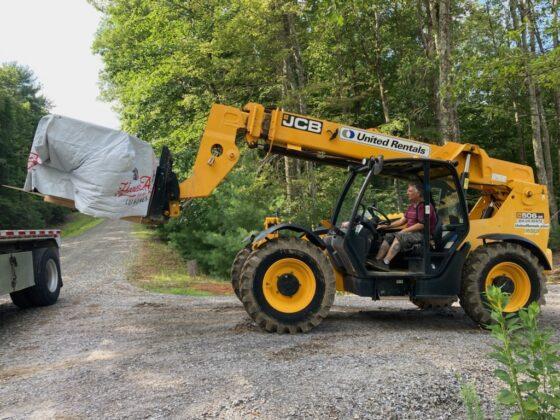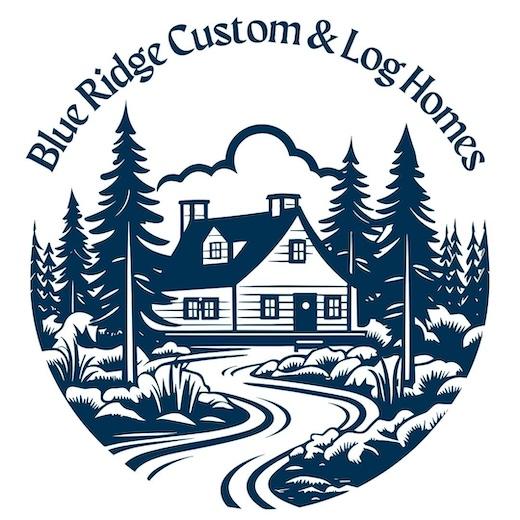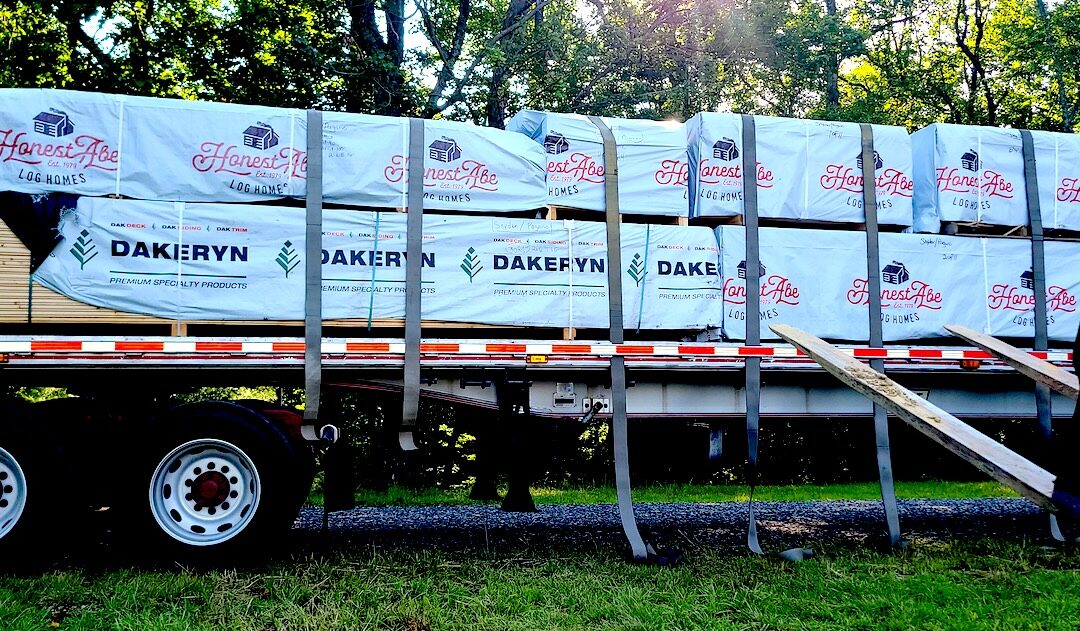Building a new home is an exciting journey filled with anticipation and dreams of your perfect living space. However, amidst the planning and construction process, there are often hidden costs that can catch new homeowners off guard.
Understanding these potential expenses can help you better prepare and manage your budget. Here are some common hidden costs you may encounter during the construction of your new home.
It’s also valuable to understand your responsibilities throughout the build.
 Site Preparation and Land Development
Site Preparation and Land Development
Site Preparation: Before construction begins, the land needs to be prepared. This can involve clearing trees, leveling the ground, and addressing any drainage issues. Depending on the condition of the land, these tasks can be more costly than anticipated.
Even before buying property, drainage and water issues need to be addressed. Visiting a desired building site during inclement weather may pay dividends later.
Are there wet-weather springs that only present themselves during the rainy season? Is there a natural run-off carrying water away from the site? Have you reviewed a flood plane map for the area? Will it be difficult leaving your home site during a snow fall? Will icy roads be a problem? Does your site have a water well or will you be relying upon public utility water? Do your future plans include having a garden?
Soil Testing and Foundation Work: The type of soil on your property can significantly impact construction costs. Unstable or poor-quality soil may require additional testing and specialized foundation work to ensure the stability of your home.
What kind of activities do you hope to engage in? Gardening? Swimming pool? Is your property sloped and will it allow for those activities? Will you be on a municipal sewer system or a septic system?
Permits and Fees
Building Permits: Obtaining the necessary permits for construction can involve various fees. These costs can vary widely depending on your location and the complexity of your project.
Impact Fees: Some municipalities charge impact fees to cover the cost of new infrastructure, such as roads, schools, and utilities, required by new construction. These fees can add a substantial amount to your budget.
Utility Connections
Utility Hookups: Connecting your new home to essential services such as water, sewer, electricity, and gas can be expensive. If your property is in a remote area, extending these services to your home may incur additional costs.
Septic Systems and Wells: If your property is not connected to a municipal water and sewer system, you may need to install a septic system and well. These systems require significant investment and ongoing maintenance.
Cell Phone Service: It’s important to verify that your home is within a reliable service area. In some cases, you may need to install a signal booster or even consider alternative communication options, which can add to your costs.
Broadband Service: High-speed internet is essential for most households. However, in more remote locations, broadband options may be limited or expensive. You might need to invest in satellite internet, which often comes with higher installation and ongoing service fees.
Security Systems: Modern security systems often rely on internet connections to function correctly. If your broadband options are limited, you may need to explore alternative security measures or systems, potentially increasing your overall costs.
Design Changes and Upgrades
Design Changes: During construction, you may decide to make changes to the original design or upgrade materials and finishes. While these changes can enhance your home’s appeal, they often come with additional costs.
Custom Features: Adding custom features such as built-in cabinetry, high-end appliances, or unique interior and exterior architectural details can significantly increase your overall construction costs.
Landscaping and Exterior Work
Landscaping: Creating a beautiful outdoor space is an important aspect of homeownership. However, landscaping costs, including grading, planting, and installing irrigation systems, can add up quickly.
Is the site shaded from the sun during the summer months? Shade can have an enormous impact on your heating and cooling costs.
Driveways and Walkways: Installing driveways, walkways, and patios is often overlooked during initial budgeting. These elements are essential for accessibility and can be costly to implement.
Unexpected Delays and Issues
Construction Delays: Delays caused by weather, supply chain issues, or labor shortages can extend the construction timeline and increase costs. It’s important to have a contingency budget to cover these unexpected expenses.
Hidden Problems: During construction, unforeseen issues such as hidden underground obstacles, pest infestations, or hazardous materials may arise. Addressing these problems can incur additional costs.

Special Equipment for Log Homes
Heavy Materials Handling: Log homes that are custom manufactured and delivered to the site require special equipment to handle the heavy wood materials. The logs must be offloaded from the truck and stacked properly, necessitating the rental of cranes or other heavy machinery. These costs are often used only during delivery and construction, but if they are not included in your contract, they can become a significant, unanticipated expense.
Insurance and Financing
Construction Insurance: Protecting your investment during construction requires adequate insurance coverage. Construction insurance premiums can be higher than expected and should be factored into your budget.
Interest and Financing Costs: If you’re financing the construction of your home, you’ll need to account for interest payments and other financing costs during the building process. These expenses can add up over time.
Final Touches and Move-In Expenses
Final Touches: Once construction is complete, you’ll need to budget for final touches such as interior painting, flooring, and window treatments. These finishing details can be more expensive than anticipated.
Move-In Costs: Moving into your new home involves additional costs, including moving services, furniture, and setting up utilities. Be sure to include these expenses in your overall budget.
Building a new home is a significant investment that requires careful planning and budgeting. By anticipating these hidden costs, you can better prepare for the financial aspects of your construction project and avoid unwelcome surprises. For expert advice and assistance with your custom home construction, contact Blue Ridge Custom and Log Homes. Our experienced team is here to guide you through every step of the process, ensuring your dream home becomes a reality without unexpected financial burdens.
©2024 Blue Ridge Custom and Log Homes

